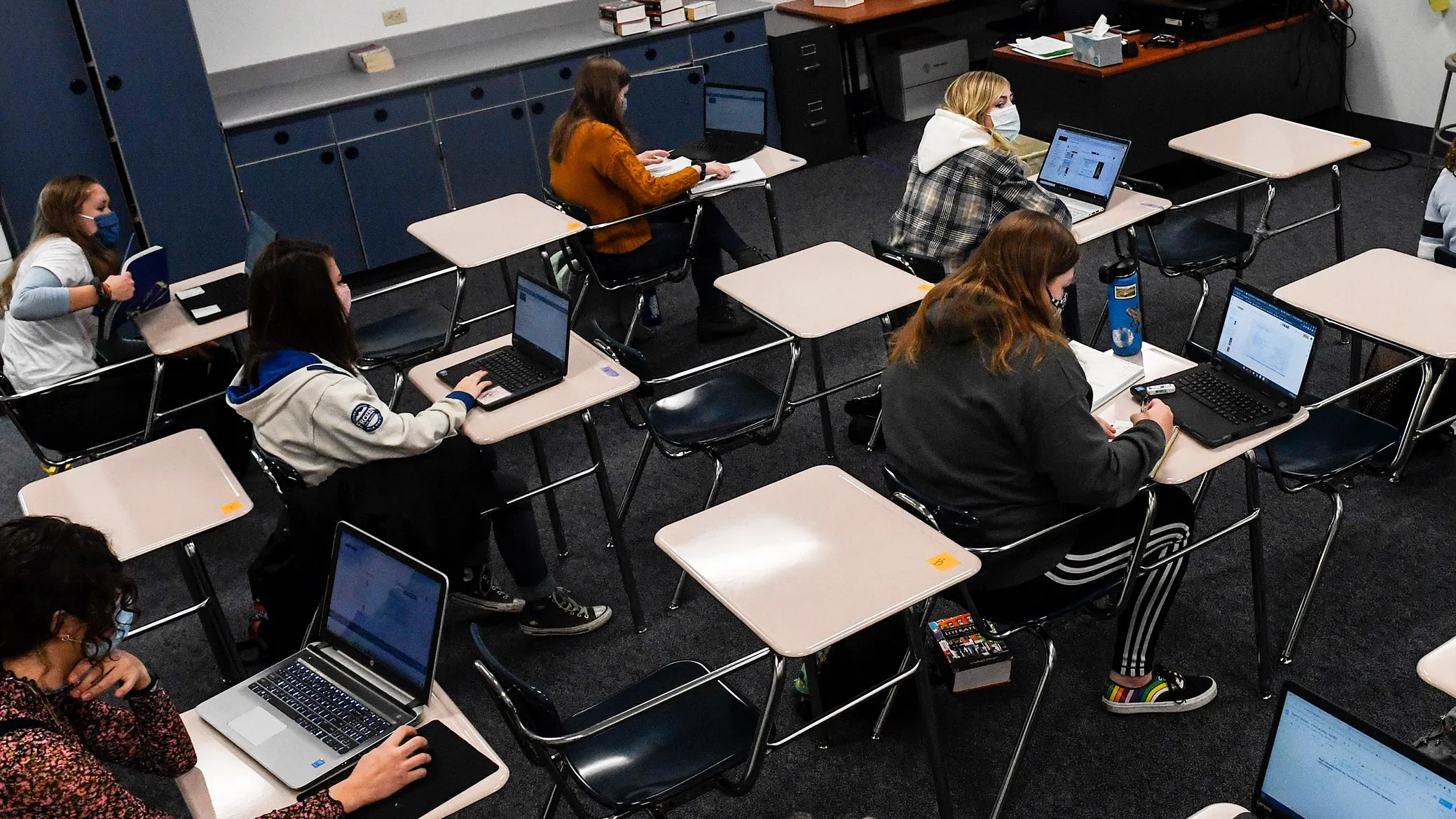ChatGPT in classrooms. So, there’s this buzz about using chatbots—like the brainy ChatGPT—to jazz up how we teach and learn. Ronald Beghetto, an educational whiz from Arizona State University (ASU), had a cool experiment with his chatbots. These bots, fueled by the same AI as ChatGPT, went full-on creativity mode, challenging assumptions and sparking fresh ideas. Students talked dissertation topics with them, while teachers brainstormed class designs. And guess what? The feedback was a thumbs-up!
Bridging Creativity with Chatbots
Beghetto’s crew found these bots way more helpful than the regular ChatGPT. They nudged folks to think outside the box, cook up more ideas, and explore new territories they might’ve missed otherwise.

Education: A New Playground for ChatGPT
Now, here’s where the plot thickens. Many worry that AI like ChatGPT might make cheating easier. But hey, some educators are flipping the script. They’re eyeing up large language models (LLMs), like ChatGPT, as game-changers in education.
Imagine this: LLMs doing the heavy lifting—reading tons of text and summarizing it, saving students and teachers precious time. ChatGPT’s knack for chit-chat on any topic raises the idea of creating a personalized, chatty learning experience. Some folks see these bots as potential ‘thought partners’ that cost less than a human tutor and are available 24/7.
A Vision for Smarter Learning
Theodore Gray, a brain behind Wolfram Research, thinks one-on-one tutoring is gold for learning but too pricey and limited. He’s tinkering with an LLM-based tutor, aiming to crack the code for educational software that actually works.
These AI buddies could handhold students through tricky problems, stir up critical thinking, or—just like Beghetto’s gig—boost creativity and widen the horizon of possibilities.
The Not-So-Rosy Side
Ever since ChatGPT hit the scene in 2022, it’s had a fair share of side-eye in education circles. See, these LLMs learn from boatloads of examples and spit out sentences or even whole essays. Sounds good, right? Well, not exactly. There’s worry that students might lean too much on ChatGPT for quick answers without grasping the why behind them. Plus, the bot’s a bit fragile—it messes up if questions aren’t phrased just right and sometimes spins tales (not the good kind).
Wei Wang, a computer whiz, found that while GPT-4 (the bot behind ChatGPT’s free version) aced some exams, it stumbled big time on others. Like, when tested on uni-level questions in physics, chemistry, and more, it flubbed a lot. And get this, it even made up stuff sometimes. Oops!
So, while these chatbots have huge potential to shake up learning, they’re not without their hiccups. They’re smart, sure, but they’re still learning too—making mistakes and not always getting it spot on.



